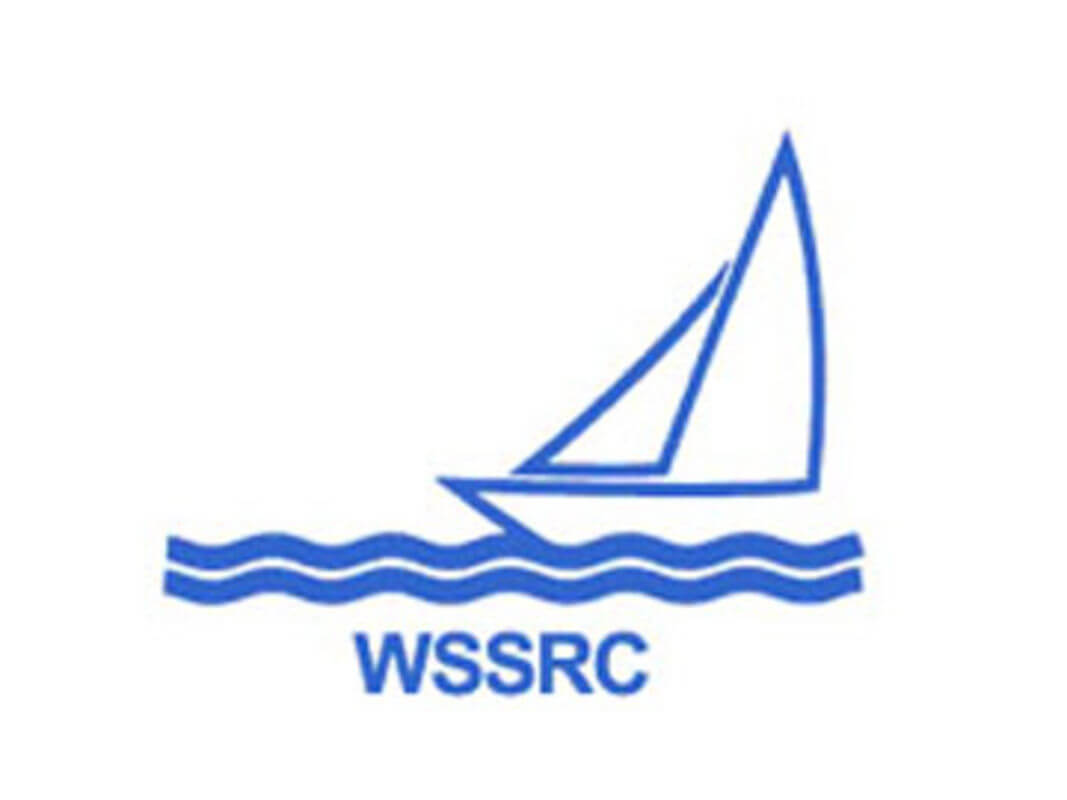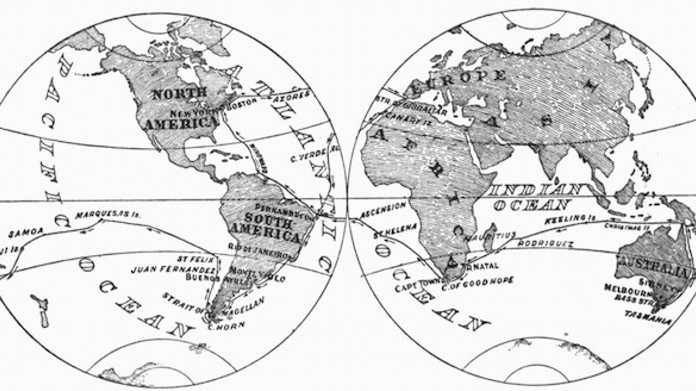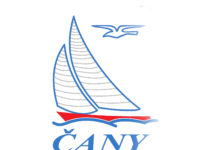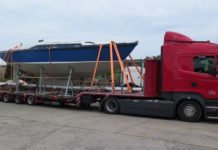The cruise will be officially monitored by the World Sailing speed record council (WSSRC) and will respect its rules for recognizing of this attempt.
The project was defined as attempt of circumnavigation on a sailing yacht operated by one person without usage of engine, without external assistance and without landing. For such defined project, the conditions of the WSSRC are the following:
- A vessel shall sail by using only the wind and water to increase, maintain or decrease her speed
- Prior to the attempt, the vessel must be at rest, afloat and must accelerate without assistance
- Electricity may be used for instrumentation, navigation, communication, automatic steering and for domestic purposes such as lighting, heating, cooking etc. The operation of engines, motors, pumps or in-water appendages must not provide any element of propulsion
- Without assistance’ means that a vessel may not receive any kind of outside assistance nor take on board any supplies (beyond the harvest of the sea), materials or equipment during an attempt. It is never permitted to take on board stores or equipment or get any other kind of help from another vessel whilst under way (except Emergencies situations).
- Singlehanded’ means there is only one person aboard. If a singlehanded skipper accepts any kind of outside assistance then the voyage falls into the “singlehanded with assistance” category.
- Any type of navigation equipment is allowed and there is no objection to any type of information or advice being transmitted to or from the vessel. However, the vessel must be sailed by the crew, without any element of physical ‘remote control’.
- An engine may be used to recover a man overboard, to render assistance or in any other grave emergency. If a yacht is asked to divert to rescue it is compulsory to do so otherwise the attempt will not be considered.
- To sail around the World, a vessel must start from and return to the same point, must cross all meridians of longitude and must cross the Equator. It may cross some but not all meridians more than once (i.e. two roundings of Antarctica do not count). The shortest orthodromic track of the vessel must be at least 21,600 nautical miles in length calculated based on a ‘perfect sphere’.
Another condition, generally respected during these attempts, is that the skipper will cross so called antipode = place on Earth opposite to the departure point.










